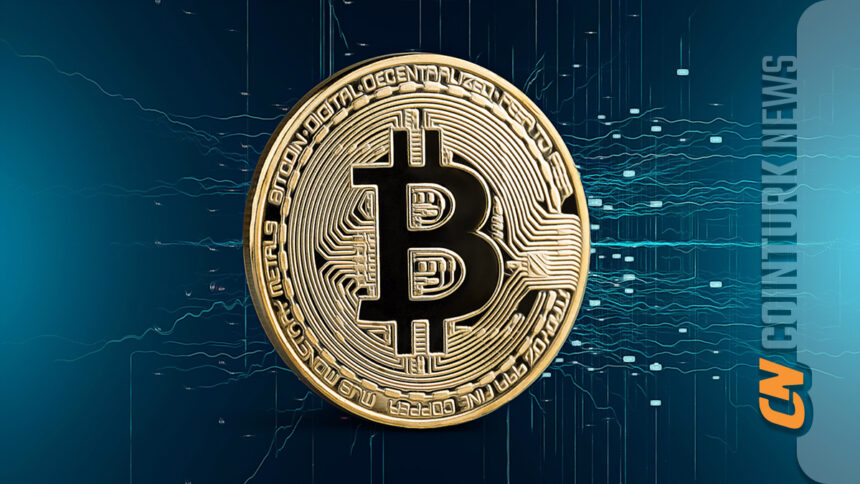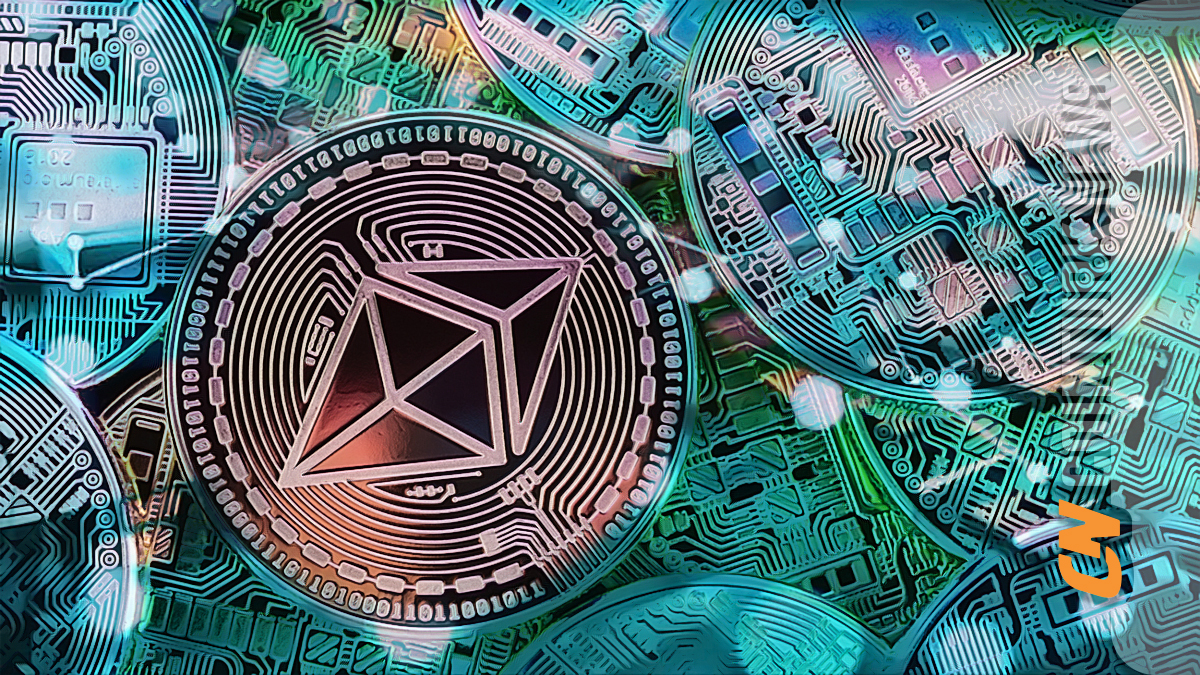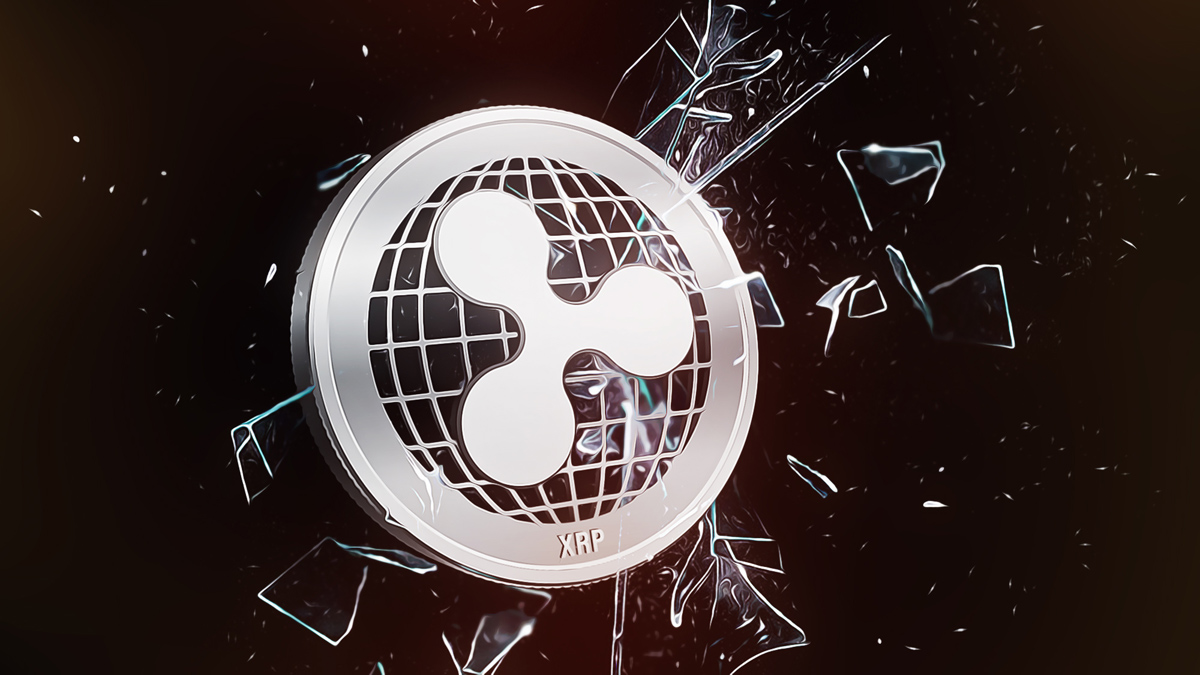Bitcoin halving event followed by the launch of the Runes token standard triggered a significant increase in network activity with a dramatic rise in transaction fees. CryptoQuant analyst Julio Moreno noted a significant drop in fees despite the surge. We explore the notable details about transaction fees, a major revenue source for Bitcoin miners.
Transaction Fees and the Bitcoin Ecosystem
According to the analysis, despite the massive number of Runes events recorded on April 20, transaction fees continue to decline. Previously reported, the impact of Runes peaked when an investor paid over $500,000 in transaction fees. While not new to the Bitcoin ecosystem, this high fee means average users struggle to transact on the network.
Despite the widespread adoption of Runes, Moreno notes that Bitcoin has recorded a lower average daily transaction fee compared to the end of 2017 and early 2018. Despite this impressive statistic, the network balance could change negatively moving forward.

Bitcoin ecosystem continues to prioritize ongoing events. Early last year, the BRC-20 token standard was introduced, facilitating numerous transactions on the network, though this hype is gradually decreasing.
What to Expect in the Bitcoin Ecosystem?
Runes standard creates a rise well-positioning miners to benefit from the high traffic generated in the Bitcoin ecosystem. The Bitcoin halving event has now reduced overall transaction fees, and with the Runes transaction boom, it provides the necessary support to help miners stay in business.
Ethereum‘s recent Dencun upgrade, unlike Bitcoin, has a plan to develop its ecosystem to reduce transaction fees, repositioning Ethereum Layer-2 protocols to a fraction of their pre-upgrade costs.
Despite increasing activities on Bitcoin, improvements aimed at reducing fees are not currently on the radar of core developers.

 Türkçe
Türkçe Español
Español









